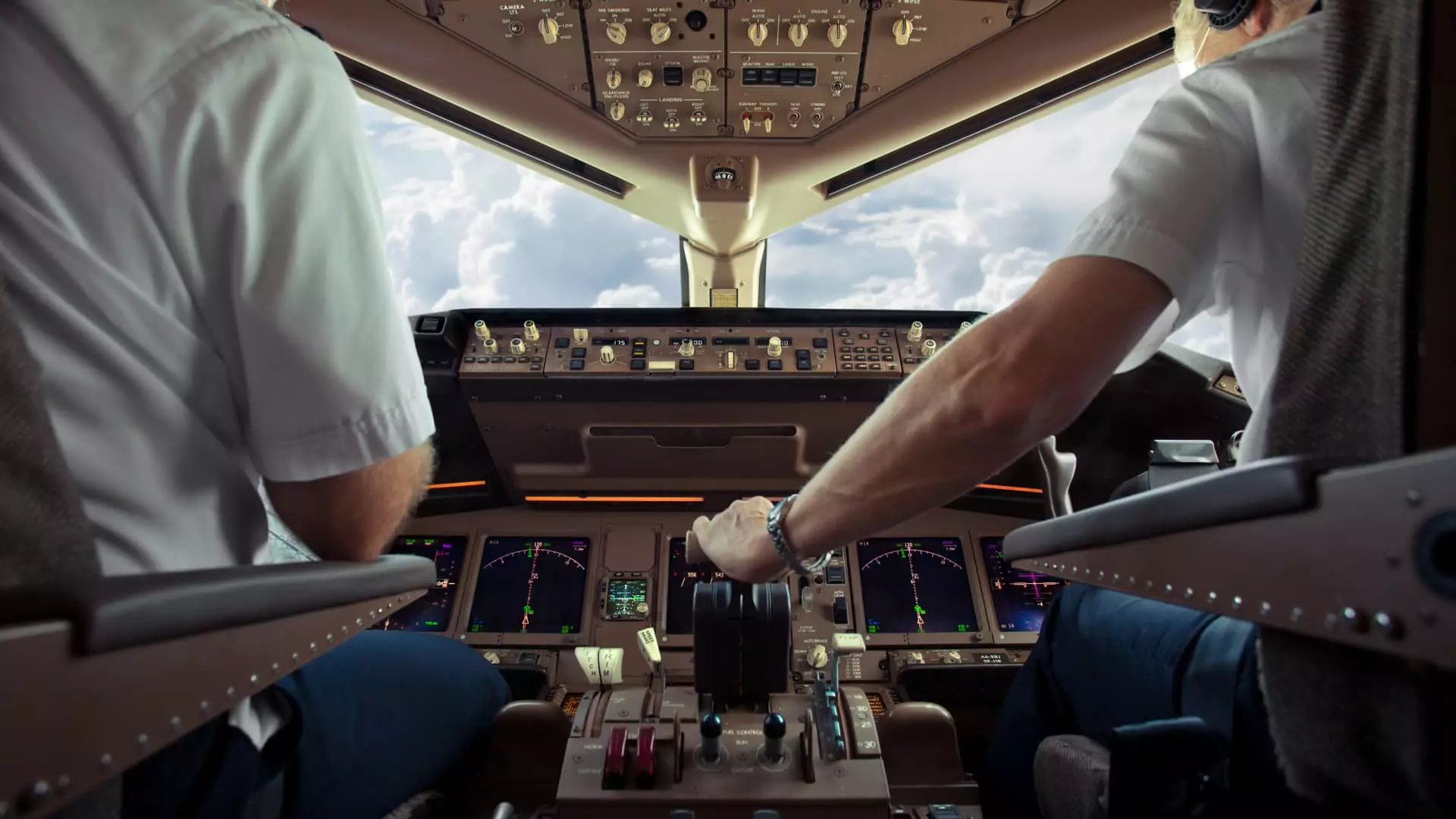In recent years, the once mundane process of booking a flight has transformed significantly. Traditionally, travelers prioritized fundamental factors such as price, departure times, and travel duration. However, recent surveys indicate a notable shift in focus towards the aircraft itself. A June survey conducted by Quantum Metric unveiled that approximately 20% of travelers are now dedicating more time to researching the specifics of the plane they will be flying on. Additionally, over a fifth of the respondents (22%) reported reducing their travel frequency for the remainder of the year. These changes are largely attributed to heightened awareness surrounding aircraft safety and concerns raised through media coverage regarding major aircraft manufacturers, particularly Boeing.
Although the survey did not explicitly mention Boeing, the company has been at the forefront of aviation news following a series of troubling incidents. A particularly alarming event was an Alaska Airlines flight where a door panel detached mid-air on January 5, 2024. Such occurrences have propelled consumer scrutiny towards Boeing’s aircraft, leading travelers to rethink their choices. According to Danielle Harvey, a high-ranking official at Quantum Metric, this surge in research indicates a desire among flyers to understand and perhaps avoid Boeing planes altogether.
Contrary to the assumption that avoiding discount carriers might enhance safety, Brendan Sobie, an independent aviation analyst, highlights a flaw in this rationale. He points out that several budget airlines operate on Airbus models more than Boeing, particularly in regions like Asia. Thus, the perception that one can easily circumvent flying on a potentially unreliable aircraft by choosing a particular type of airline may be misleading.
While these apprehensions concerning Boeing are significant, experts emphasize that aviation as a whole has seen considerable advancements in safety. Arnold Barnett, a professor of statistics at MIT, highlights that the risk of fatal incidents during commercial flights has steadily decreased. According to his findings published in the Journal of Air Transport Management, the chance of dying in a commercial flight between 2018 and 2022 was approximately 1 in 13.7 million. In comparison, during the late 1960s and early 1970s, this risk was one in 350,000. Barnett points out that numerous factors, such as the integration of advanced safety technologies, stringent pilot training, and the diligent oversight of regulatory bodies, have significantly contributed to this improved safety rate.
Nevertheless, it is essential to recognize geographical disparities in flight safety. Barnett categorizes the world into three tiers based on aviation safety. Tier 1 encompasses highly developed nations such as the U.S., countries in the European Union, and several others with robust aviation systems, where the fatality risk is 1 in 80 million passenger boardings. Conversely, Tier 3 nations experience a risk nearly 36 times higher than Tier 1. However, even Tier 3 countries have seen a reduction in fatalities per boarding, indicating a global trend towards safer travel conditions.
Despite the encouraging statistics surrounding aviation safety, consumer preferences have adapted to reflect changing attitudes towards specific aircraft brands. The dichotomy of preferences complicates travel arrangements, especially for frequent flyers aiming to maintain loyalty to particular airlines, which may predominantly feature Boeing models in their fleet. Although platforms like Kayak and Alternative Airlines allow users to filter searches based on aircraft type, the practical implications of actively avoiding Boeing may prove cumbersome, particularly when desired itineraries are limited.
The anxiety surrounding Boeing’s reputation has affected not just lay travelers but also frequent flyers who might feel compelled to make sacrifices, perhaps even paying extra fees to avoid certain aircraft models. This phenomenon illustrates a deeper psychological effect rooted in recent safety events, leading consumers to feel it is worth incurring additional costs merely for peace of mind.
As the industry continues to evolve amidst growing consumer awareness and changing perceptions, it is clear that the choice of aircraft will play an increasingly critical role in travel decisions. While many travelers may wish to distance themselves from Boeing due to recent issues, others may prioritize different factors entirely, such as price or convenience. Moving forward, airlines must navigate these shifting consumer preferences and strive to instill confidence in their fleets, regardless of the manufacturers involved.
Ultimately, the focus on specific aircraft brands may reflect an ongoing paradigm shift in how travelers prioritize safety and satisfaction in air travel. As technology and safety measures continue to advance, it is vital for the aviation industry to address these evolving needs, ensuring that customer concerns are met with transparency and assurance in the safety of flying.


Leave a Reply